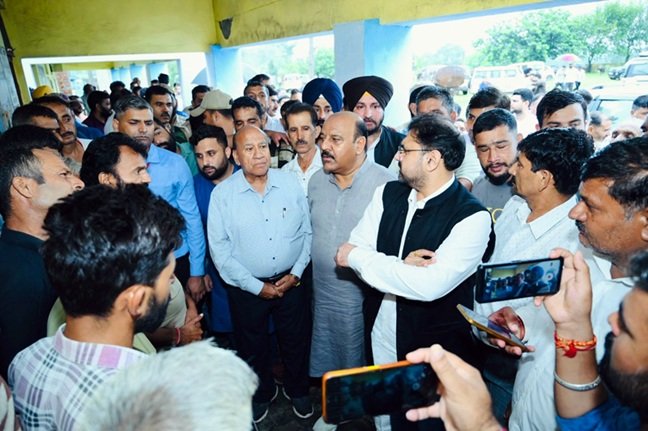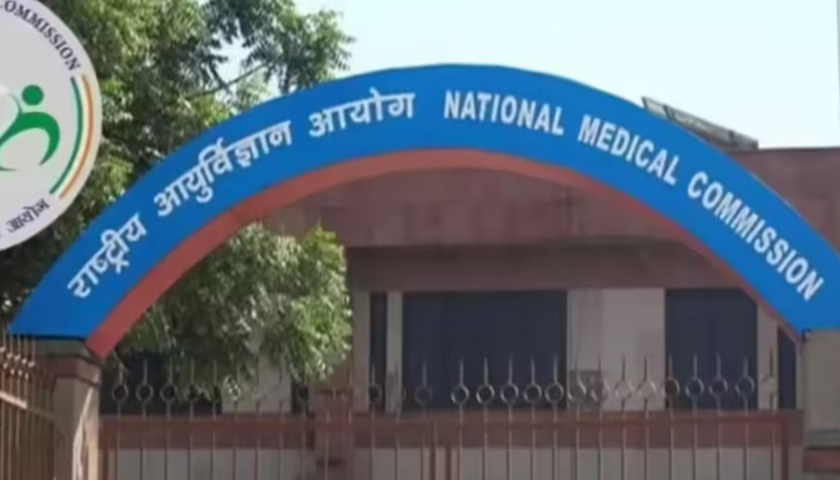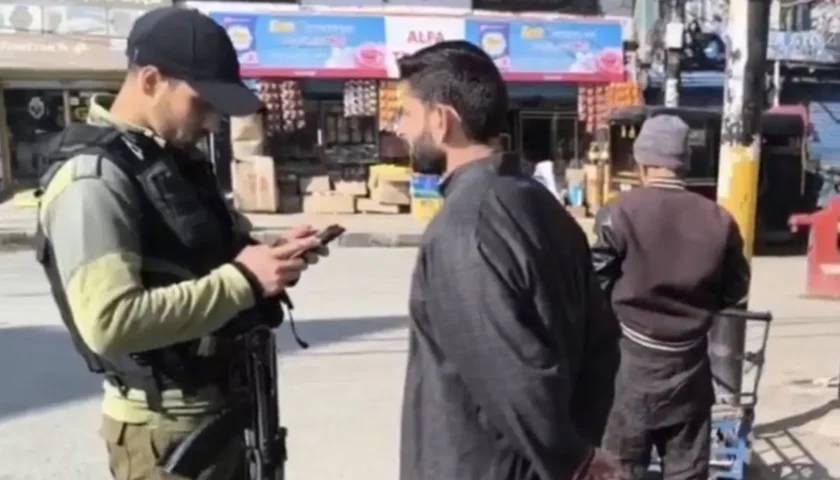Government to Allot 5-Marla Land to Flood-Affected Homeless & Landless Families in J&K
By: Javid Amin | 25 September 2025
For many families in Jammu and Kashmir, the memory of floods is not just about swollen rivers and broken embankments—it is about homes swept away, land lost forever, and lives uprooted overnight. Years later, thousands of these families still remain without permanent shelter, living in temporary sheds, rented rooms, or makeshift tin structures that offer little protection from the Valley’s harsh winters and unpredictable rains.
Now, in a landmark step that blends rehabilitation with social justice, the government has announced that 5-marla plots (roughly 1,361 square feet) will be allotted to homeless and landless families, particularly those affected by recurring floods. The decision marks a shift toward building long-term resilience rather than relying only on short-term relief.
From Floods to Fragile Shelter: The Human Story
Kashmir’s topography has made it vulnerable to floods for generations. The catastrophic floods of 2014 submerged Srinagar and devastated south Kashmir districts, while more recent events in 2022 and 2024 again displaced thousands of families.
For the affected, the trauma lingers long after waters recede.
-
Families in Shopian and Pulwama continue to live in one-room tin sheds where dampness breeds illness and privacy is impossible.
-
Displaced households in Bandipora rely on community donations to survive winters.
-
In Srinagar’s outskirts, many families still rent single rooms, paying more in rent than they earn from daily labor.
“This is not just about losing a roof—it is about losing dignity, security, and the sense of belonging,” says Shabir Ahmad, a social worker who has been documenting flood-affected households since 2014.
What the New Policy Offers
The 5-marla land allotment is designed to serve as a permanent solution to this cycle of vulnerability.
Key Features:
-
Beneficiaries: Families who lost homes to floods and those without permanent land titles.
-
Priority: Low-income, high-risk households with no alternative housing.
-
Safe Zones: Plots will be carved out in geologically safe areas, away from riverbanks and flood-prone belts.
-
Future-Proofing: Provision for essential services like water, sanitation, power supply, and road connectivity.
A senior Revenue Department official summarized it aptly:
“This is not just about land—it’s about restoring hope, security, and a chance to rebuild.”
Why This Matters for Kashmir
-
Recurring floods have left over 25,000 families displaced in the last decade.
-
Landlessness has fueled rural poverty, limiting access to housing schemes such as PMAY (Pradhan Mantri Awas Yojana).
-
Climate vulnerability is intensifying, with unplanned construction and shrinking wetlands amplifying disaster risks.
By securing land rights, the government aims to break the chain of displacement that forces families into cycles of poverty and dependence.
How It Will Be Implemented
The administration has laid out a step-by-step process to ensure transparency and fairness:
-
District Committees: Local committees will verify beneficiary eligibility through on-ground surveys.
-
Digital Mapping: Land banks will be geo-tagged to prevent disputes and duplication.
-
Transparent Allotment: Public lists of beneficiaries will be displayed for scrutiny before final approval.
-
Infrastructure Provision: Once allotted, plots will be linked to water, power, and sanitation projects.
-
Grievance Redressal: Families denied allotment can appeal at district and divisional levels.
Voices from the Ground
While the announcement has been largely welcomed, it has also sparked cautious optimism.
-
Flood victims in Anantnag say they hope this won’t be “another promise on paper.”
-
Landless laborers in Kupwara believe the scheme could help their children “escape the cycle of tenancy and displacement.”
-
Civil society groups urge the government to ensure that women-headed households and marginalized communities are not left out.
Looking Ahead: From Land to Livelihood
Experts warn that allotting land is only the first step. Long-term success depends on integrating this initiative with housing finance, livelihood schemes, and disaster-resilient planning.
-
Building flood-resistant homes with community participation.
-
Linking plots with skill development centers to boost income security.
-
Encouraging eco-sensitive town planning to reduce future risks.
“If land is given without livelihood, it will only shift poverty from one location to another,” says development economist Dr. Farah Mir.
A Call for Conscience
For too long, flood-affected and landless families in J&K have lived on the margins—ignored between disaster relief announcements and rehabilitation blueprints that rarely materialize. The 5-marla allotment policy, if implemented sincerely, can rewrite this story.
It is more than just a piece of land. It is the promise of a home, the restoration of dignity, and the beginning of stability for families who have endured uncertainty for years.
Until the first foundation stones are laid, skepticism will remain. But if executed well, this initiative could become a model of humane governance in a region that knows both the cruelty of nature and the resilience of its people.




